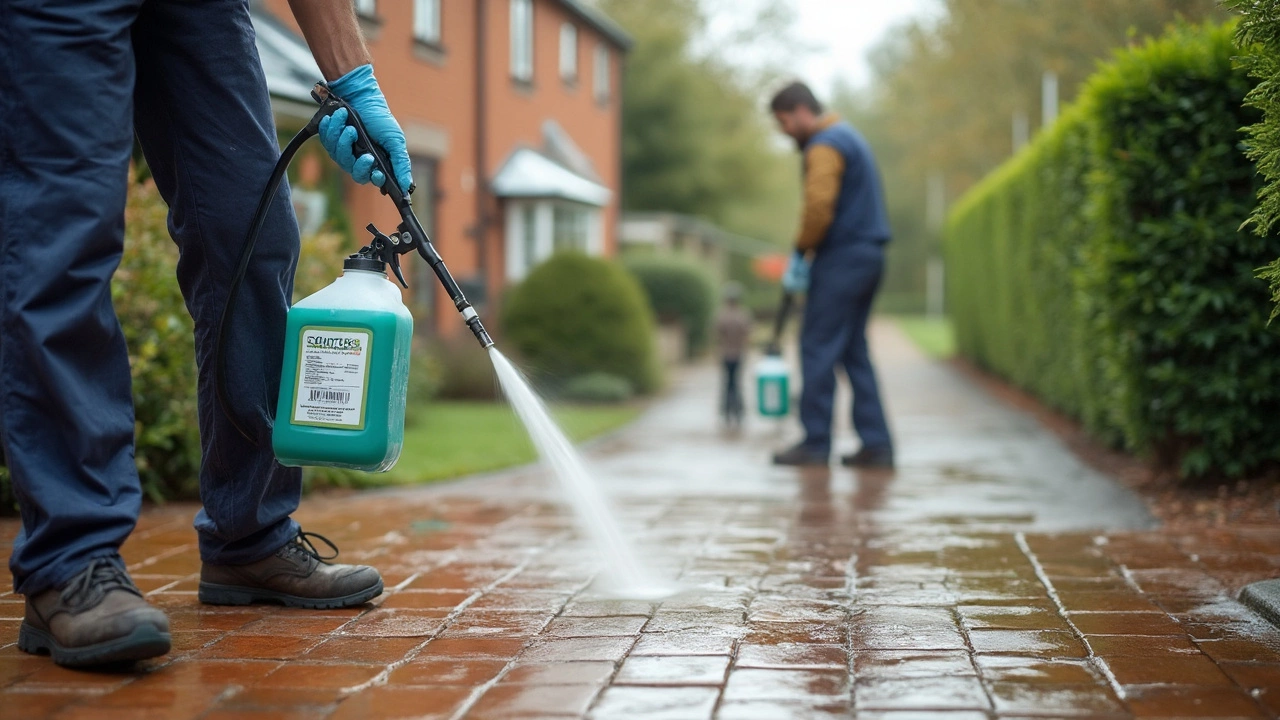Pro Tips: Quick, Real‑World Cleaning Hacks from the Experts
Ever wish you could cut the time you spend scrubbing and still end up with a spotless home? You’re not alone. The best cleaners know a handful of tricks that make the job easier, faster, and cheaper. Below you’ll get straight‑to‑the‑point advice you can start using right now.
Tools and Products That Actually Work
First thing’s first – your toolkit matters more than you think. A good microfiber cloth is worth its weight in gold. It picks up dust without spreading it, and it leaves windows looking glass‑clear when you wipe in a single direction. Pair that with a spray bottle filled with a 1:1 mix of water and white vinegar for most surfaces. The acidity kills germs and dissolves mineral deposits without leaving a harsh chemical smell.
If you’re tackling grease on stovetops or inside ovens, a paste of baking soda and a little water does the trick. Let it sit for 15 minutes, then scrub with a non‑scratch sponge. For stubborn, baked‑on residue, spray a bit of Dawn dish soap on the paste before you scrub – the surfactants break down the grease, making it easier to lift.
Step‑by‑Step Methods for the Toughest Jobs
Windows often look dirty even after you clean them. The secret is to use a two‑step process: spray the vinegar solution, wipe with a microfiber cloth, then follow with a dry, lint‑free cloth held at a 45‑degree angle. This removes any streaks before they dry.
When cleaning a mattress, start by vacuuming to pull out dust mites and loose debris. Spot‑treat stains with a mix of hydrogen peroxide, a few drops of liquid soap, and a sprinkle of baking soda. Let it fizz, blot with a clean cloth, and let the bed air‑dry. A quick sprinkle of baking soda after the mattress is dry helps absorb any lingering odors.
Got a post‑renovation mess? A builder’s clean needs a systematic approach. Begin high – dust ceiling fans and light fixtures – then work down to walls, floors, and finally, the windows. Use a heavy‑duty vacuum with a HEPA filter for dust, and a pull‑string mop for any wet residue. Finish with a fresh scent of citrus‑based cleaner to mask any lingering paint smells.
Pressure washing can be intimidating, but you don’t need a commercial rig. A standard 2,000 psi washer with a fan‑spray nozzle removes surface mold and grime without damaging siding. Hold the wand about a foot away, sweep from the bottom up, and watch the dirt wash away. Remember to wear eye protection and keep the spray away from electrical outlets.
These pro tips save you time, money, and the headache of endless re‑cleaning. Keep the basics – good tools, simple solutions, and a logical order – in mind, and you’ll see bigger results with less effort. Ready to try one of these hacks today? Grab a microfiber cloth and give your windows a streak‑free shine – you’ll notice the difference instantly.

What Solution Do Professional Power Washers Use? The Real Secrets Behind Their Shine
Ever wonder what the pros actually spray on driveways and decks before blasting away the grime? This article dives into the real solutions professionals use—not just water, but a mix of cleaners and techniques that actually work. Find out why some pros pick bleach-based solutions and why others go green, plus smart tips for different surfaces. You’ll get the facts on what to avoid so you don’t ruin your siding or stain your patio. Learn how to choose the right cleaner for your next job and understand how the best in the business keep things spotless.
Read More